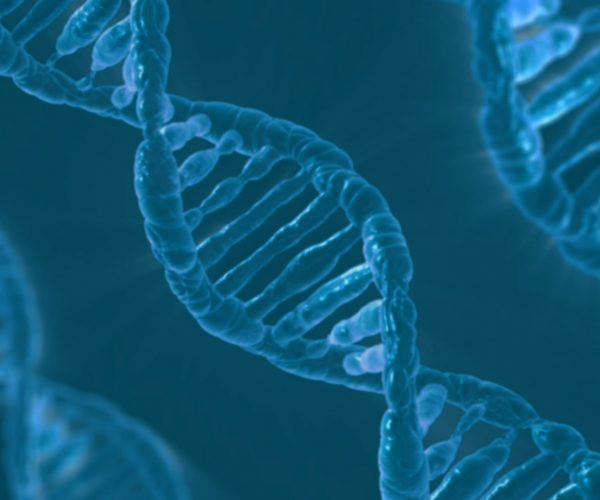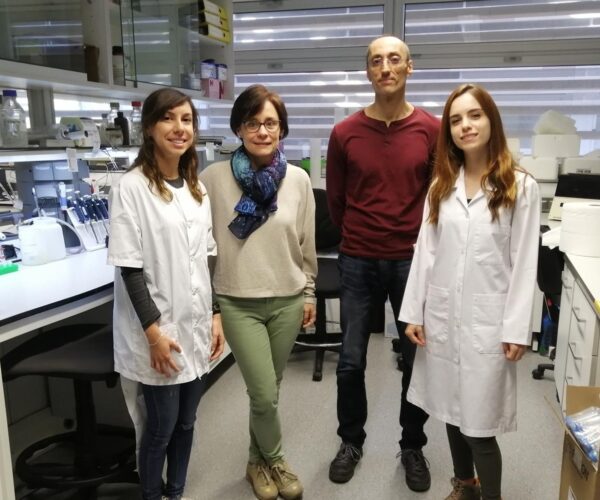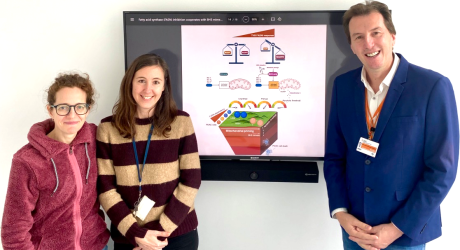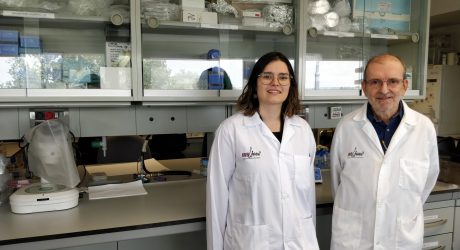Drug previously used for hypertension found to work on glioblastoma brain tumour
Research by IRBLleida and the UdL lays the foundations for possible future combined therapies by identifying a death pathway in tumour cells
Glioblastoma is the most common and aggressive brain cancer, due to its ability to evade the immune system and grow. The Calcium cellular signalling research group at the Institute for Research in Biomedicine of Lleida (IRBLleida) and the University of Lleida (UdL) has identified a new cell death pathway in this type of cancer, a finding that confirms the usefulness of drugs (mibefradil and its analogue NNC-55-0396), previously used for hypertension and heart disease, in the treatment of glioblastoma. The article was recently published in the journal Biomedicine and Pharmacotherapy.
“The drugs mibefradil and its analogue NNC-55-0396 are known to be potent T-type calcium channel blockers. We and other groups had shown that these compounds cause the death of cancer cells such as glioblastoma cells, a brain tumour for which there are few treatment options, and reduce tumour growth in mice,” explained UdL professor and researcher Judit Herreros. These data led mibefradil to be tested in clinical trials in glioblastoma patients, which confirmed the drug’s safety (alone or in combination with standard treatment).
“Even so, previous studies assumed that these compounds act by blocking T-channels,” she says. For this reason, the research led by UdL professors and researchers Judit Herreros and Carles Cantí, now delves into the mechanisms of action of the drug NNC-55-0396, finding that paradoxically the anti-tumour effect of the drug occurs through signalling pathways independent of T channels.
“These results define the mechanism of cytotoxicity of these compounds, identifying a death pathway with therapeutic implications, and confirm the usefulness of the drugs as anti-tumour agents for glioblastoma and other cancers,” confirmed the researchers.
This research has been possible thanks to funding from a grant from the Spanish Ministry of Science and Innovation (Programa Retos) and the Marató de TV3.
Article: Anna Visa, Lía Alza, Carles Cantí, Judit Herreros, Tetralol derivative NNC-55-0396 induces glioblastoma cell death by activating IRE1α, JNK1 and calcium signaling, Biomedicine & Pharmacotherapy, Volume 149, 2022, 112881, ISSN 0753-3322, https://doi.org/10.1016/j.biopha.2022.112881.




